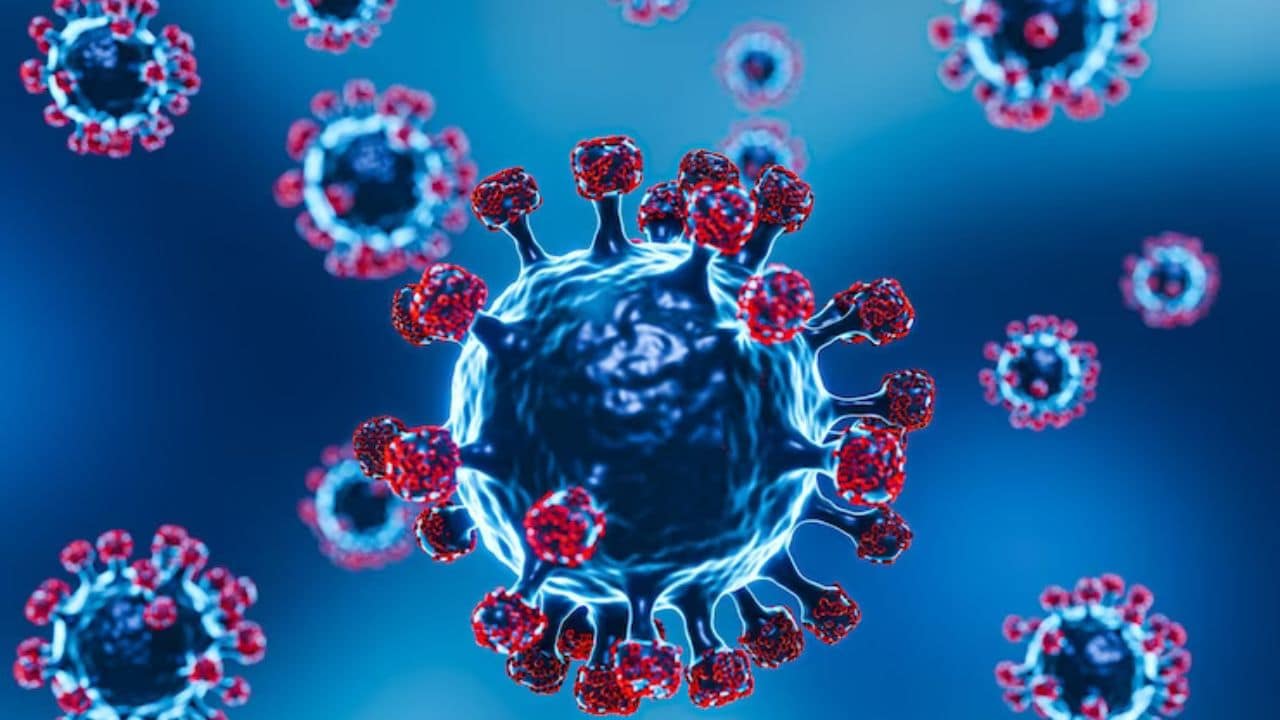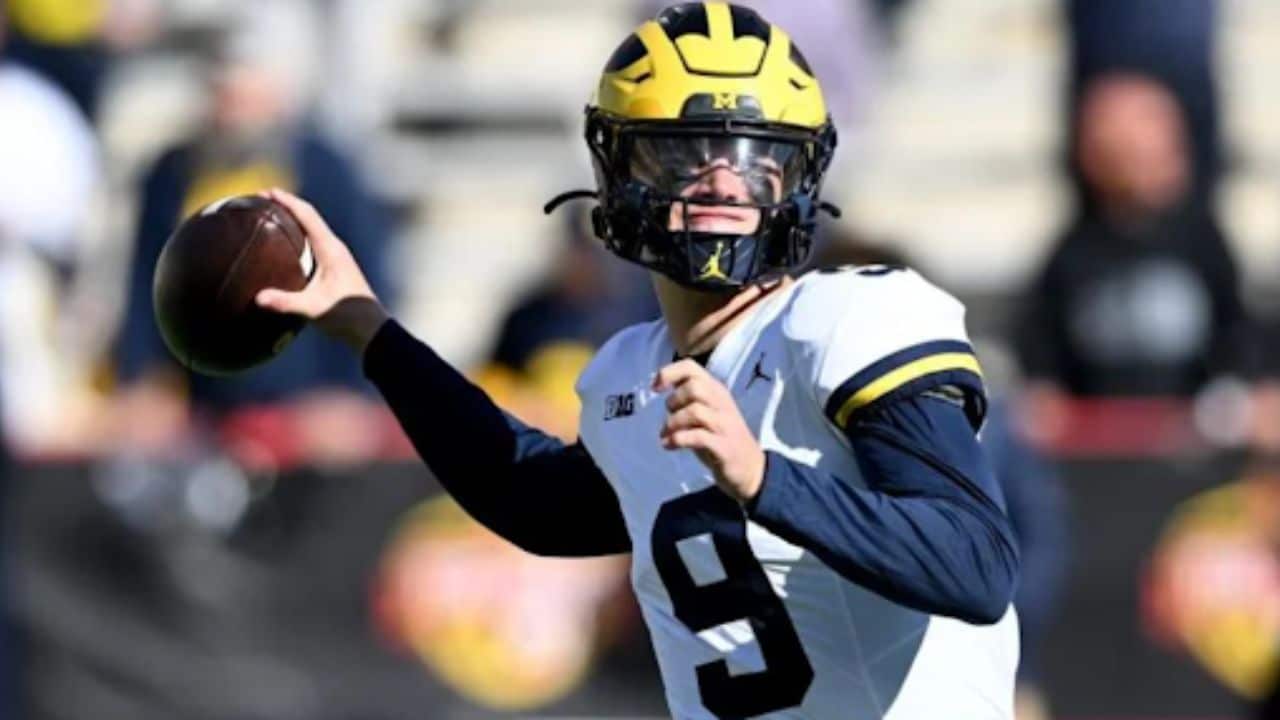According to new official data, millions of Americans have long had COVID, and some are still battling it.
Two new publications from the Centers for Disease Control and Prevention’s National Center for Health Statistics, released early Tuesday, examined data from the 2022 National Health Interview Survey.
According to 2022 U.S. Census estimates, 6.9% of individuals (equal to about 18 million Americans) claimed ever having lengthy COVID, while 3.4% (corresponding to about 8.8 million) indicated they presently had the condition.
Meanwhile, 1.5% of children (about 1 million Americans) have ever had long COVID, with 0.5% (approximately 360,000) now suffering long COVID.
Long COVID is a condition in which people have symptoms for at least four weeks after the infection has cleared. In some situations, symptoms might last for months or years.
According to the CDC, symptoms can include exhaustion, difficulty breathing, headaches, cognitive fog, joint and muscle pain, and persistent loss of taste and smell.
What causes people to acquire lengthy COVID is unknown, but study is ongoing.
The NCHS team looked at adults in the first report and discovered that women were more likely than men to have ever had or now had lengthy COVID.
According to the survey, over twice as many women, 4.4%, reported having lengthy COVID as males, 2.3%.
When it comes to age, adults between the ages of 35 and 49 were the most likely to have had or presently have lengthy COVID, followed by those between the ages of 50 and 64. In both categories, senior persons 65 and older were the least likely to have it.
Hispanic adults were the most likely of all racial and ethnic groups to have lengthy COVID at 8.3%, followed by white adults at 7.1%, Black adults at 5.4%, and Asian adults at 2.6%.
However, among those now having lengthy COVID, white adults significantly outnumbered Hispanic people (3.7% vs. 3.4%).
Many of the findings in the second survey, which focused on youth aged 17 and under, were comparable. Girls, for example, were more likely than boys to have had or now have lengthy COVID.
Furthermore, Hispanic children reported the largest percentage of prior long COVID, while white children reported the highest percentage of current long COVID.
Children between the ages of 12 and 17 were the most likely to have lengthy COVID at 2.0% and 0.8%, respectively. Additionally, you can also read about- New COVID Variant BA.2.86: What We Know So Far
Meanwhile, 1.0% of children aged 8 and under and 0.8% of children aged 8 to 11 reported having long COVID at some point, while 0.2% of the youngest group and 0.3% of the middle group reported having long COVID currently.
“While the percentage of children who currently have long COVID was low, the differences observed by age persisted,” the authors stated.
The report referenced data from the Nationwide Commercial Laboratory Seroprevalence Survey, which discovered that over 92% of children presently have antibodies in blood samples, indicating a prior infection, but that long COVID in children is extremely unusual.
The Biden administration said earlier this year that it would establish a new Office of Long COVID Research and Practice to investigate the disorder and assist those who have been diagnosed with it.
According to a press release, the office, which will be under the Department of Health and Human Services, “is charged with ongoing coordination of the whole-of-government response to the longer-term effects of COVID-19.”







































